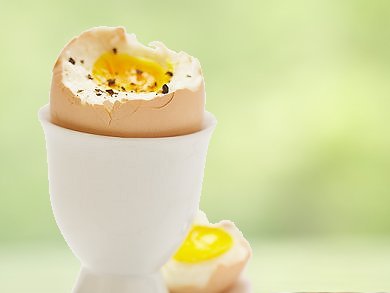In this final part, Klaus Roth asks: Do Stradivarius violins really sound better than all the rest?
Explaining the science behind everyday phenomena in an accessible way.

Chemical Secrets of the Violin Virtuosi – Part 3

Chemical Secrets of the Violin Virtuosi — Part 2
What made Stradivari's violins so special? Klaus Roth looks at the important role of chemistry in Stradivari's workshop and instruments

Tips and Tricks for the Lab: How to Make a Capillary TLC Spotter
How to make a capillary spotter for use in thin layer chromatography (TLC)

Tips and Tricks for the Lab: Column Choices
We look at some of the factors that affect separation in a chromatography column to help you make the right choices when setting up a column

Chemical Secrets of the Violin Virtuosi — Part 1
What made Stradivari's violins so special? Klaus Roth looks at the important role of chemistry in Stradivari's workshop and instruments

Tips and Tricks for the Lab: Column Packing
The quick and efficient setting up of a column can take years to master. Here are some tips and tricks to set up the perfect column

Boiled Eggs: Soft and Hard — Part 4
Finally, we reach the practical part as we discover the ideal egg, from a culinary perspective

Boiled Eggs: Soft and Hard — Part 3
We look at the chemical changes that occur when an egg is boiled and discover how to unboil the egg afterwards

Boiled Eggs: Soft and Hard — Part 2
We examine an egg on its journey from hen to table, including the first in situ monitoring methods, to ensure the perfect breakfast egg

Boiled Eggs: Soft and Hard — Part 1
When we rap a knife on the shell of a freshly boiled egg we are seldom aware of what a technical marvel we are dealing with